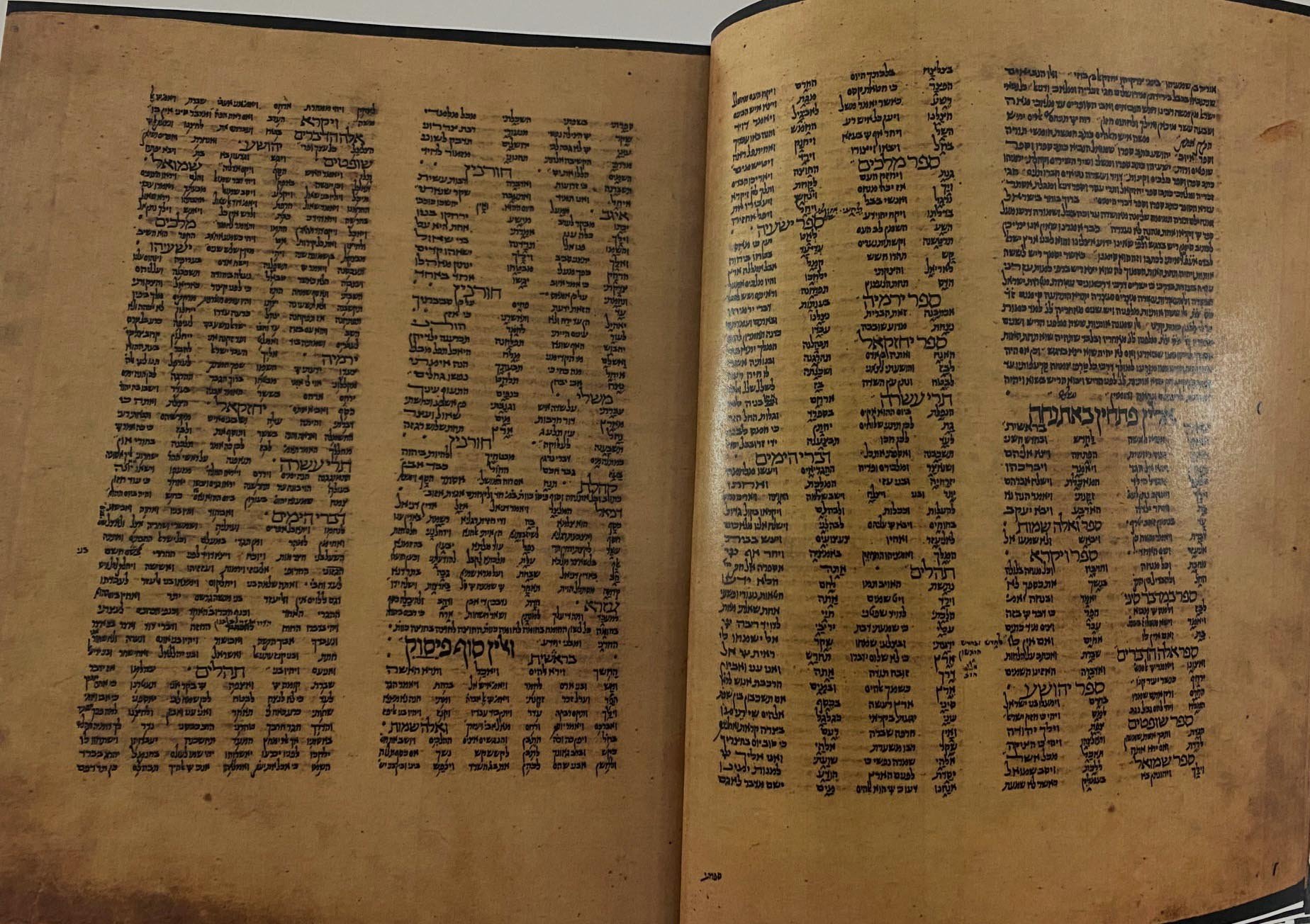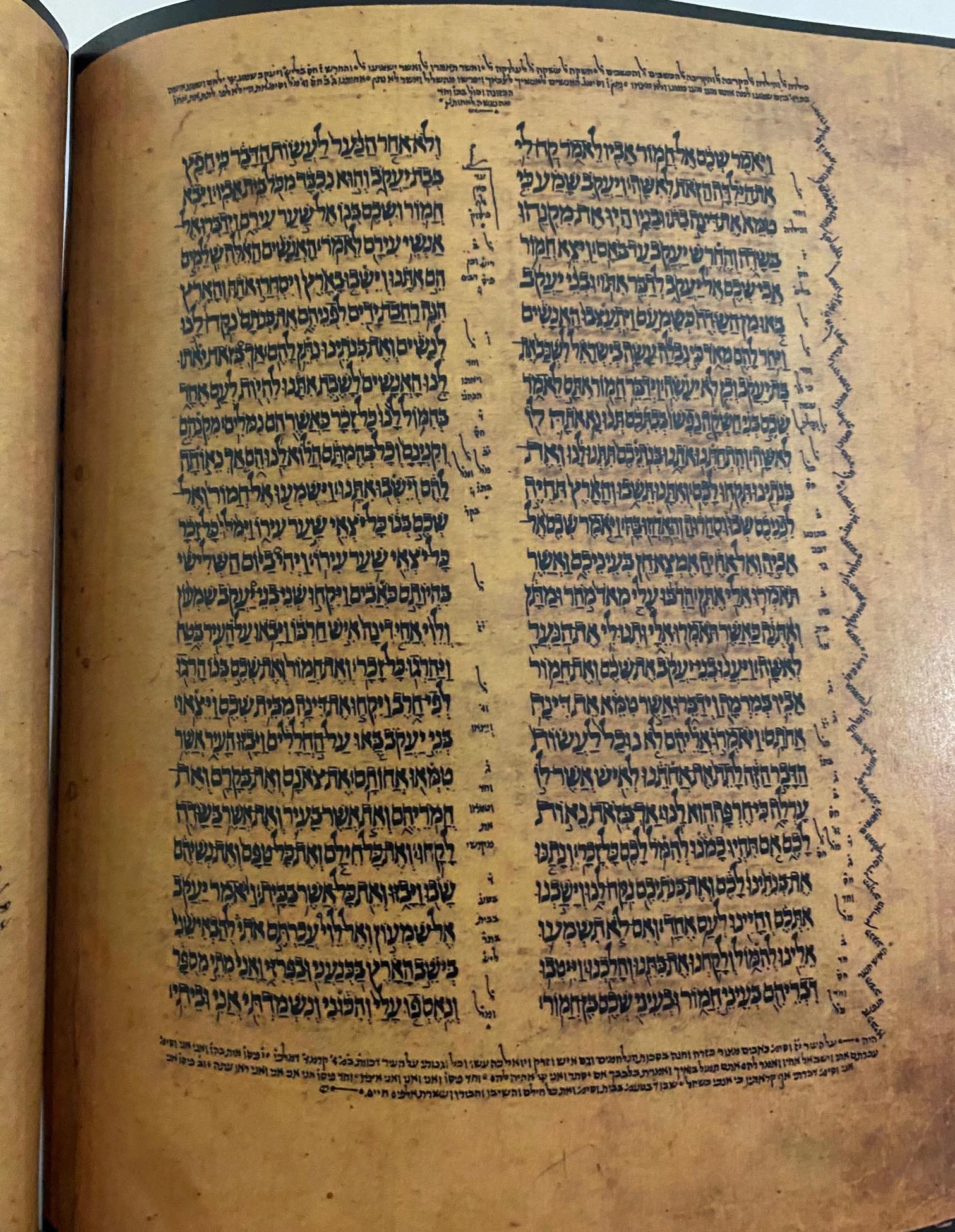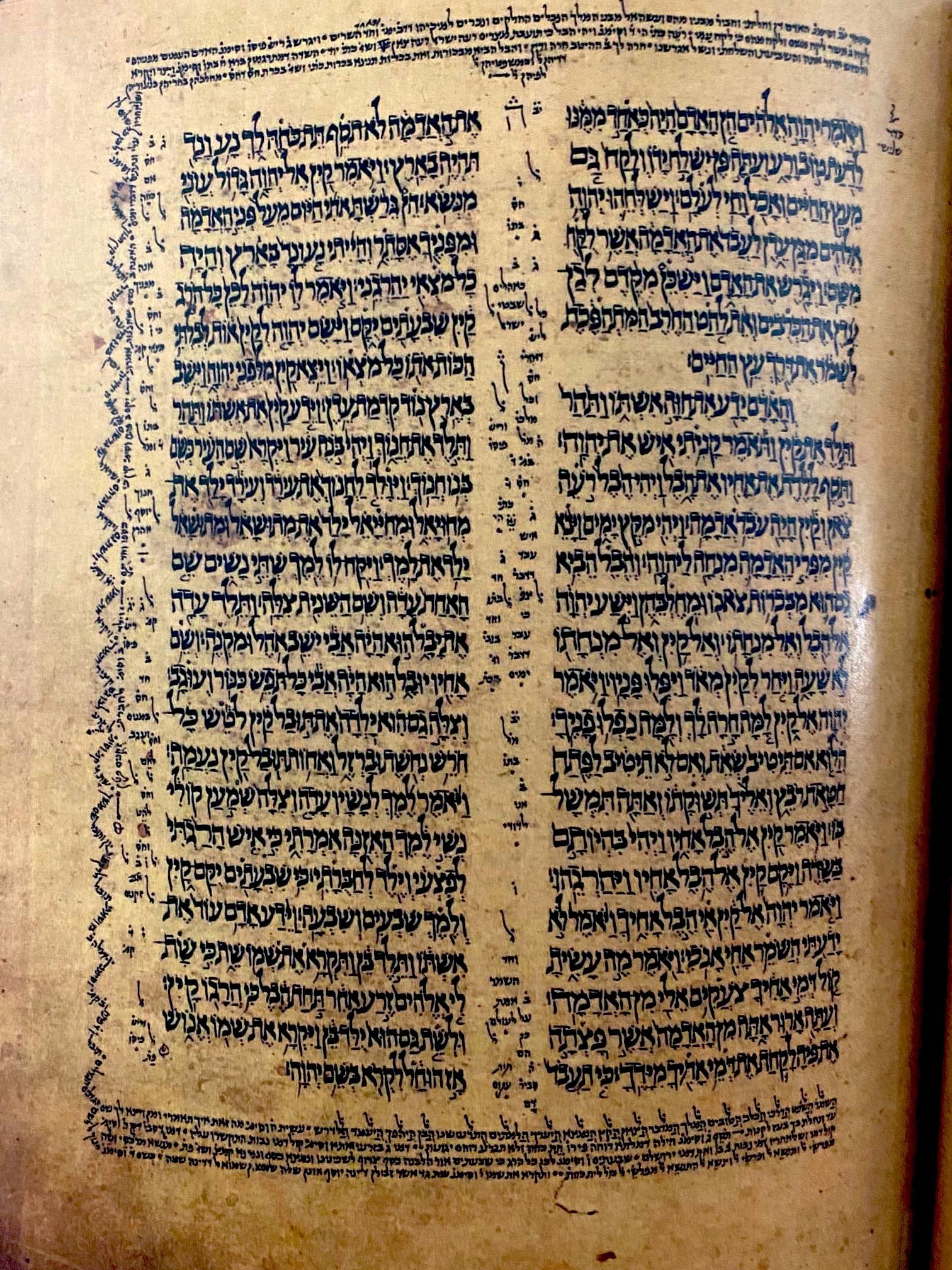Torah with Haftarah Selections. 1485











Torah with Haftarah Selections. 1485
Torah with Haftarah Selections.
Date: 1485
Language: Hebrew and Aramaic
Reproduction Size: 11x13 inches
Page Count: 424
Details:
This exquisite Hebrew Pentateuch, accompanied by selections from the Haftarot—readings from the Prophets traditionally paired with the Torah portions during Sabbath and holiday services—was crafted in Sana'a, Yemen, in 1485. This manuscript is richly annotated with full vocalization, accentuation, and Masorah notes, which have been meticulously compiled by Jewish scribes called Masoretes between the 7th and 10th centuries to preserve the sacred text's accuracy in both written and vocal forms.
In addition to the Torah and Haftarot, this manuscript features the Targum, providing an Aramaic translation that accompanies each Hebrew verse, thereby enriching the understanding and accessibility of the texts. The manuscript opens with two grammatical treatises spanning 15 leaves, which reflect the scholarly practices prevalent in Yemen during that period.
Authored by David ben Benayah ben Saadiah ben Zekhariah, a distinguished member of a renowned family of Yemeni scribes, the manuscript is a testament to the rich cultural and religious heritage of Yemeni Jewry. It has been preserved within the Hibshoosh family since 1910, safeguarding its historical and spiritual legacy.
The manuscript is beautifully penned on paper using the Yemenite square script, organized in a clear, double-column format with 25 lines per column, exemplifying the meticulous care invested in the creation of religious texts intended for both communal worship and personal reflection. This Pentateuch with Haftarot serves as a profound link to the past, embodying the devotion and scholarly rigor of the Jewish community in Yemen.
Reproduction Details:
Our hardcover books are made with real wood for the interior of the front and back covers as well as the spine. The leather is a 4 oz cowhide, sourced from a small supplier in North Carolina. The leather is adhered to the covers with glue and molded into shape by our local artisans. The signatures/pages are handsewn using a library binding method. The sewn book is bound with a strong adhesive glue that ensures the bindings last, especially for the larger books. We also add a thick mull cloth to the outside of the binding, drying between each layer, a traditional way to make the binding stiff, strong, and resilient for generations to come.

